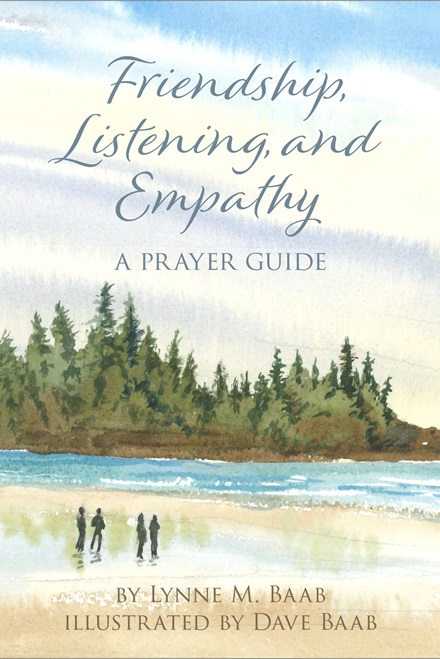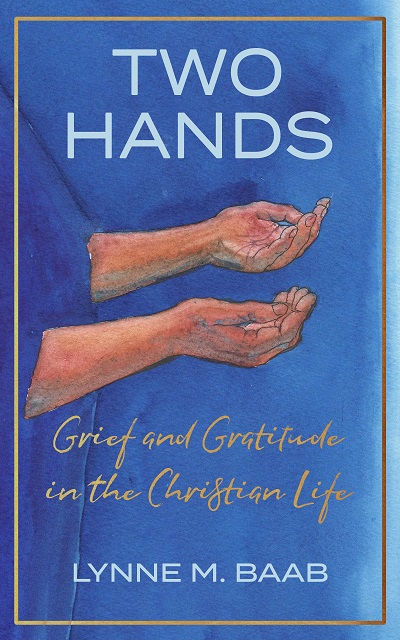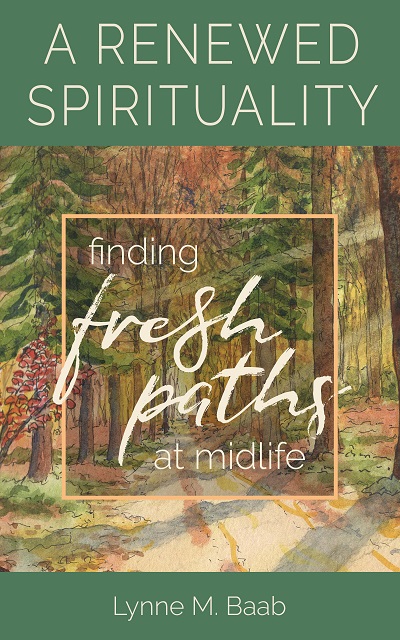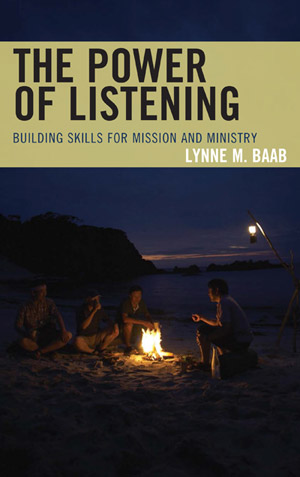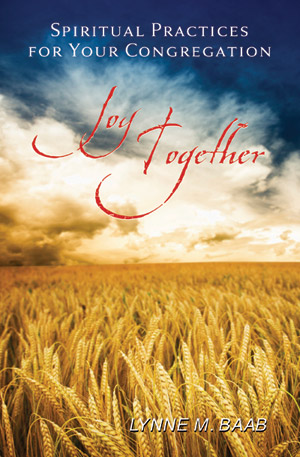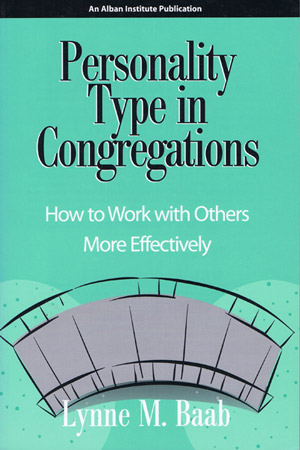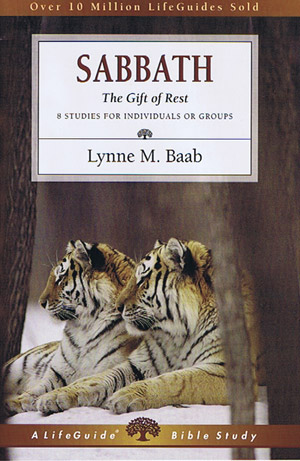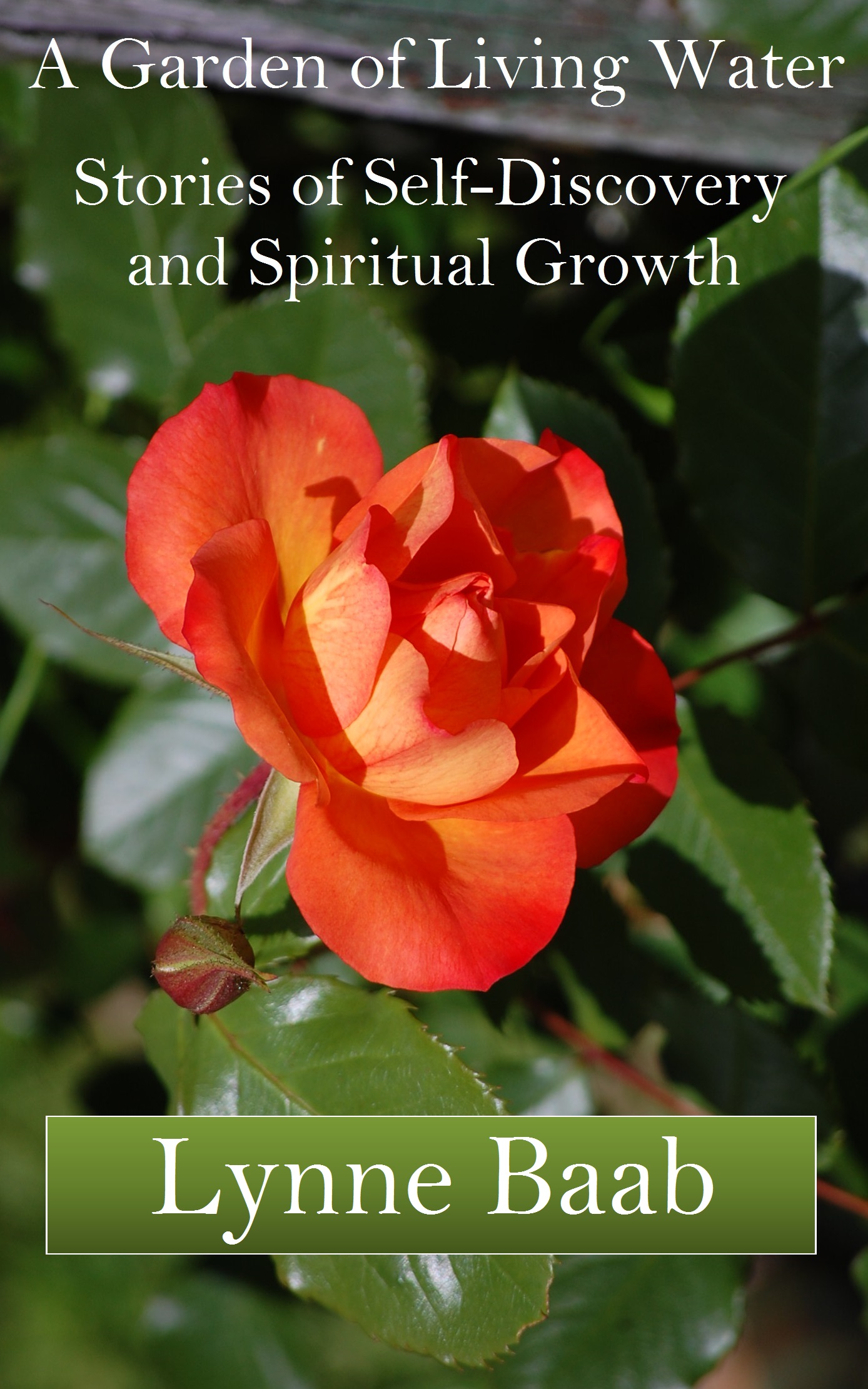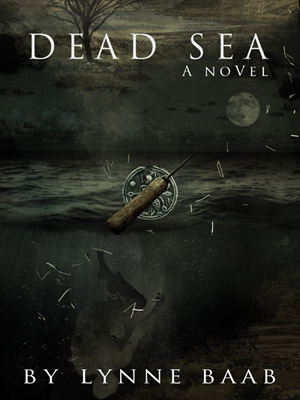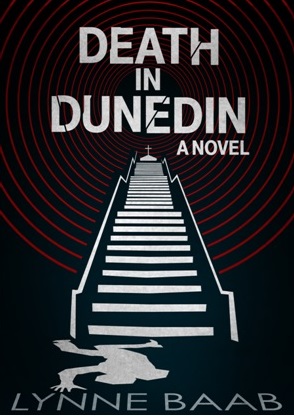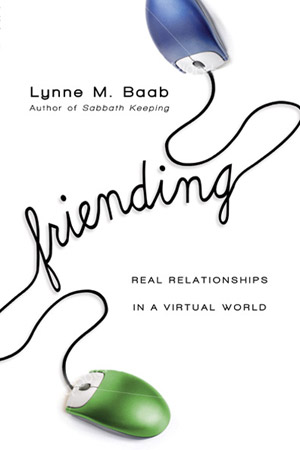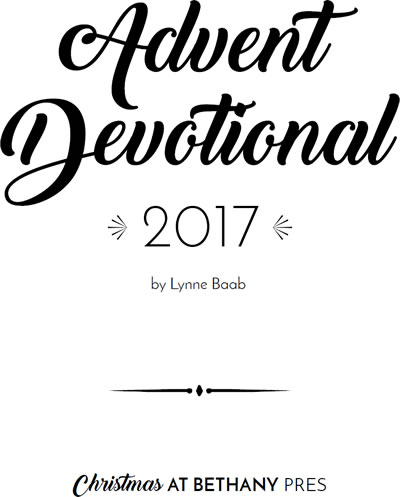Creativity though hidden art
Lynne Baab • Wednesday June 24 2020

Today, I want to describe a book that changed my life in the area of creativity — a book that I don’t recommend reading. I wonder if I’m not recommending it because it’s old, a bit outdated, and perhaps too perfectionistic. Or, maybe I’m not recommending it because of a run-in I had with the author that perfectly illustrates some of the issues of creativity in the home.
Hidden Art by Edith Schaeffer was published the same year that I met Mrs. Schaeffer (I was 19), although I read it a year or two later. It was the first book I encountered that discussed the creativity of God as the foundation for human creativity, a concept that now gives me huge pleasure and felt like a giant AHA moment then. In her book, Mrs. Schaeffer writes about creativity in domestic spheres, such as like flower arranging, gardening, and furniture making.
I found the chapters about specific arenas of creativity to be a bit overwhelming in their drive for perfection and the need for high skills in each area, but I loved the notion that creativity isn’t just drawing, painting, writing poetry, or writing fiction — the areas of life I had previous labeled as “creative.” I had tried those four forms of creativity, and wow, I was really not good at them and didn’t enjoy them. Sure, I was good at writing essays for classes, but that didn’t feel very creative to me. That ability to explain things clearly in writing would later grow into articles, then books, blog posts, and devotionals, a significant outlet for my creativity now.
When I wrote two weeks ago that I have felt creativity impaired during the pandemic, several readers of this blog wrote to tell me they see my creativity in my writing. Thank you! But when a form of creativity is also your work, you need additional ways to be creative that satisfy only you — hidden art, to use Edith Schaeffer’s term.
After reading Mrs. Schaeffer’s book, I began conducting light-hearted experiments with many creative things. I made my own Christmas cards in my early twenties using linoleum block prints. I still have those two linoleum blocks! I embraced sewing, knitting, crocheting, and playing the piano — things I already knew how to do — as creative outlets and found joy and lightness through experimentation with various forms. I tried to express creativity through cooking and home decorating. Later I began to make greeting cards using collages of scraps of wrapping paper, and I still enjoy making cards that way. Through her book, Edith Schaeffer gave me permission and encouragement to experiment.
I want to tell you about my personal interaction with Mrs. Schaeffer. I visited L’Abri Fellowship, the community founded by Francis Schaeffer in Huémoz, Switzerland, briefly during a long All Saints Day weekend while I was studying in France at age 19. Because of a seminar during that visit that answered so many of my questions, I became a Christian over Christmas vacation. I returned to L’Abri for two weeks at Easter and two more weeks in June in the formal role of student.
All students were invited to one of the homes of the permanent residents of L’Abri for Sunday afternoon tea. One Sunday in June, the schedule assigned me to Edith and Francis Schaeffer’s home. I had heard Francis Schaeffer speak and preach, and I had seen Edith in the distance. I had never had personal interaction with either of them. I asked if I could help, and Mrs. Shaeffer invited me to spread some kind of pate on crackers and put them on a tray.
After I did a few, she told me I wasn’t spreading the pate well enough. I really don’t know if her words were a critical statement that I just wasn’t measuring up, or a more gentle “thanks for your help, but can you please spread the pate closer to the edges of the crackers?” I was deeply wounded that my attempt to help wasn’t good enough.
All kinds of “hidden art” in the domestic or other spheres can evoke perfectionistic standards. How much should we impose our standards on others who are helping us? What are the best ways to strive for our standards of beauty and also involve others in an affirming way? Despite that painful interaction with Mrs. Schaeffer, I am deeply grateful for her book because it opened up a new perspective on God’s creativity flowing into me as a woman made in God’s image.
In this time of such chaos in so many settings — including, but not limited to, racial issues and the virus — I am thrilled to see so many people embracing a call to strive for creative solutions to big problems. I’m also delighted to hear about so many friends engaging in various forms of “hidden art” as well as drawing, painting, and writing poetry. We are made in the image of a creative God, and we can watch for human creativity in visible and hidden ways.
Next week: Creativity and the body. Illustration by Dave Baab: St Demetrius Greek Orthodox Church, Seattle, one of Dave's pandemic paintings. I love getting new subscribers. Sign up below to receive an email when I post on this blog.
Despite my frustration with my early attempts at writing fiction, I did ultimately write four novels. I’ve published three of them (mysteries) for Kindle. They are a bit of a series, with ties between the characters in the books:
- Dead Sea (set in Israel and Jordan in the mid 90s)
- Deadly Murmurs (set in Seattle in the mid 90s)
- Death in Dunedin (set in New Zealand in 2007)
Next post »« Previous post
Subscribe to updates
To receive an email alert when a new post is published, simply enter your email address below.
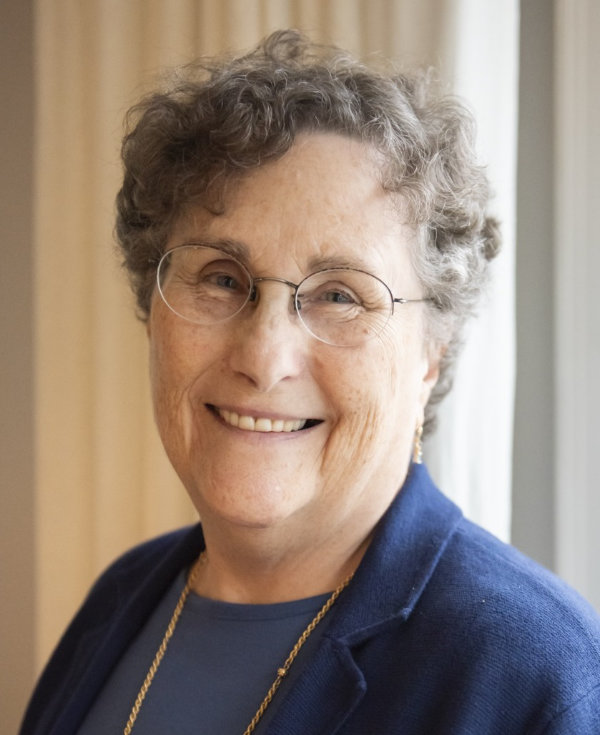
Lynne M. Baab, Ph.D., is an author and adjunct professor. She has written numerous books, Bible study guides, and articles for magazines and journals. Lynne is passionate about prayer and other ways to draw near to God, and her writing conveys encouragement for readers to be their authentic selves before God. She encourages experimentation and lightness in Christian spiritual practices. Read more »
Quick links:
- Two latest books: Draw Near: A Lenten Devotional and Friendship, Listening and Empathy: A Prayer Guide (illustrated with Dave Baab's beautiful watercolors)
- Most popular book, Sabbath Keeping: Finding Freedom in the Rhythms of Rest (audiobook, paperback, and kindle)
- quick overview of all Lynne's books
- more than 50 articles Lynne has written for magazines on listening, Sabbath, fasting, spiritual growth, resilience for ministry, and congregational communication
You can listen to Lynne talk about these topics:
"Lynne's writing is beautiful. Her tone has such a note of hope and excitement about growth. It is gentle and affirming."
— a reader
"Dear Dr. Baab, You changed my life. It is only through God’s gift of the sabbath that I feel in my heart and soul that God loves me apart from anything I do."
— a reader of Sabbath Keeping
Subscribe
To receive an email alert when a new post is published, simply enter your email address below.
Featured posts
- Drawing Near to God with the Heart: first post of a series »
- Quotations I love: Henri Nouwen on being beloved »
- Worshipping God the Creator: the first post of a series »
- Sabbath Keeping a decade later: the first post of a series »
- Benedictine spirituality: the first post of a series »
- Celtic Christianity: the first post of a series »
- Holy Listening »
- A Cat with a Noble Character »
- Welcome to my website »
Tags
Archive
- December 2025 (3)
- November 2025 (4)
- October 2025 (3)
- September 2025 (5)
- August 2025 (4)
-
July 2025 (6)
- Praying about the flow of time: Praying about AND — again
- Praying about the flow of time: Praying for our ordinary lives
- Praying about the flow of time: Wind and water
- Praying about the flow of time: Paying attention to our stories
- What I learned from the past year's blog posts
- First post in a new series: Journey
- June 2025 (4)
- May 2025 (4)
- April 2025 (4)
- March 2025 (5)
- February 2025 (4)
- January 2025 (5)
- December 2024 (3)
-
November 2024 (5)
- Praying about the flow of time: Small actions with big benefits
- Praying about the flow of time: The overlap of the sacred and the ordinary
- Praying about the flow of time: The joy of the kingdom of God
- Praying about the flow of time: Advent can be confusing
- Praying about the flow of time: Why Jesus had to come
-
October 2024 (5)
- Praying about the flow of time: Rosh Hashanah, the Jewish New Year
- Praying about the flow of time: A month of celebrating renewal and moral responsibility
- Praying about the flow of time: The Feast of Tabernacles calls us to stay fluid and flexible
- Praying about the flow of time: Daily rhythms of prayer
- Praying about the flow of time: All Hallows Eve and All Saints Day
- September 2024 (3)
- August 2024 (5)
- July 2024 (3)
- June 2024 (5)
- May 2024 (5)
- April 2024 (4)
-
March 2024 (5)
- Friendship, loneliness, and prayer: Praying about distractions from empathy
- Friendship, loneliness, and prayer: Praying to keep empathy flowing
- Friendship, loneliness, and prayer: Everyday initiative
- Friendship, loneliness, and prayer: Praying for guidance for ending conversations
- Friendship, loneliness, and prayer: Reflecting on the series
- February 2024 (4)
- January 2024 (2)
-
December 2023 (6)
- Friendship, loneliness, and prayer: Initiating
- Friendship, loneliness, and prayer: Praying about listening roadblocks
- Friendship, loneliness, and prayer: Praying to love the poverty in our friends
- Friendship, loneliness, and prayer: Praying for “holy curiosity”
- Friendship, loneliness, and prayer: Praying for “holy listening”
- Friendship, loneliness, and prayer: Praying to give affection extravagantly
- November 2023 (4)
-
October 2023 (5)
- Friendship, loneliness and prayer: A listening skill with two purposes
- Friendship, loneliness, and prayer: Saying “thank you” to friends
- Friendship, loneliness, and prayer: One more way reflecting helps us
- Friendship, loneliness, and prayer: Lessons from two periods of loneliness
- Friendship, loneliness, and prayer: Types of reflecting, a listening skill
- September 2023 (4)
- August 2023 (4)
- July 2023 (5)
- June 2023 (3)
- May 2023 (6)
- April 2023 (4)
- March 2023 (4)
- February 2023 (4)
- January 2023 (4)
- December 2022 (5)
- November 2022 (1)
- October 2022 (5)
- September 2022 (5)
-
August 2022 (6)
- Draw near: Confessing sin without wallowing
- Draw near: A favorite prayer about peace, freedom, and much more
- Drawing near with Desmond Tutu: God’s love is the foundation for prayer
- Draw near: Worshipping God with Desmond Tutu
- Draw near: Yearning, beseeching and beholding with Desmond Tutu
- Draw near: Praising God with Desmond Tutu
- July 2022 (2)
- June 2022 (6)
- May 2022 (5)
- April 2022 (6)
- March 2022 (5)
- February 2022 (4)
- January 2022 (3)
- December 2021 (5)
- November 2021 (4)
- October 2021 (5)
- September 2021 (4)
- August 2021 (4)
- July 2021 (4)
- June 2021 (4)
- May 2021 (4)
- April 2021 (5)
- March 2021 (4)
- February 2021 (4)
- January 2021 (4)
- December 2020 (5)
- November 2020 (3)
- October 2020 (5)
- September 2020 (4)
- August 2020 (4)
- July 2020 (5)
- June 2020 (4)
-
May 2020 (4)
- Spiritual diary of sheltering in place: The lifeline of separating thoughts from feelings
- Spiritual diary of sheltering in place: The lifeline of welcoming prayer
- Spiritual diary of sheltering in place: a kite string as a lifeline
- Spiritual diary of sheltering in place: The lifeline of God’s distant future
-
April 2020 (7)
- Spiritual diary of self-isolation: the lifeline of God’s constancy
- Spiritual diary of sheltering in place: The lifeline of accepting my place as a clay jar
- Spiritual diary of sheltering in place: the lifeline of memories
- Spiritual diary of sheltering in place: the lifeline of “Good” in “Good Friday”
- Spiritual diary of sheltering in place: The lifeline of “easier does not mean easy”
- Spiritual diary of sheltering in place: The lifeline of nature
- Spiritual diary of sheltering in place: the lifeline of God’s voice through the Bible
-
March 2020 (7)
- Important anniversaries in 2020: The first Earth Day in 1970
- Important anniversaries in 2020: Florence Nightingale was born in 1820
- Spiritual diary of self-isolation: Weeks 1 and 2
- Spiritual diary of self-isolation: God's grace as a lifeline
- Spiritual diary of self-isolation: The lifeline of limits on thoughts
- Spiritual diary of self-isolation: Wrestling with God for a blessing
- Spiritual diary of self-isolation: Responding to terror by listening to Jesus voice
- February 2020 (4)
- January 2020 (5)
- December 2019 (4)
- November 2019 (4)
- October 2019 (5)
- September 2019 (4)
- August 2019 (5)
- July 2019 (4)
- June 2019 (4)
- May 2019 (5)
- April 2019 (4)
- March 2019 (4)
- February 2019 (4)
-
January 2019 (5)
- Nurturing friendships in a cellphone world: Jesus as Friend
- Nurturing friendships in a cellphone world: Friendship with Christ and friendship with others
- Nurturing friendships in a cellphone world: Who is my neighbor?
- Nurturing friendships in a cellphone world: Friendship as action
- Nurturing friendships in a cellphone world: Hymns that describe friendship with God
- December 2018 (3)
-
November 2018 (5)
- Connections between the Bible and prayer: Sensory prayer in Revelation
- First post in a new series: Nurturing friendships in a cellphone world
- Nurturing friendships in a cellphone world: Strong opinions and responses
- Nurturing friendships in a cellphone world: My conversation partners about friendship
- Nurturing friendships in a cellphone world: Two views about communication technologies
- October 2018 (4)
- September 2018 (4)
-
August 2018 (5)
- Providing Christian Care in Our Time
- Providing Christian care in our time: Seven trends in pastoral care today
- Providing Christian Care in Our Time: Skills for Pastoral Care
- Providing Christian care: The importance of spiritual practices
- First post in a new series: Connections between the Bible and prayer
- July 2018 (4)
- June 2018 (4)
- May 2018 (5)
- April 2018 (4)
- March 2018 (5)
- February 2018 (4)
- January 2018 (4)
- December 2017 (5)
- November 2017 (4)
- October 2017 (4)
- September 2017 (5)
- August 2017 (4)
- July 2017 (4)
- June 2017 (4)
-
May 2017 (5)
- My new spiritual practice: Separating thoughts from feelings
- My new spiritual practice: Feeling the feelings
- My new spiritual practice: Coping with feelings that want to dominate
- My new spiritual practice: Dealing with “demonic” thoughts
- My new spiritual practice: Is self-compassion really appropriate for Christians?
- April 2017 (4)
- March 2017 (5)
- February 2017 (4)
- January 2017 (4)
- December 2016 (5)
- November 2016 (4)
- October 2016 (4)
- September 2016 (5)
- August 2016 (4)
- July 2016 (4)
- June 2016 (4)
- May 2016 (5)
- April 2016 (4)
- March 2016 (5)
- February 2016 (4)
- January 2016 (4)
- December 2015 (4)
- November 2015 (4)
- October 2015 (5)
- September 2015 (4)
- August 2015 (4)
- July 2015 (4)
- June 2015 (4)
- May 2015 (4)
- April 2015 (6)
- March 2015 (4)
- February 2015 (4)
- January 2015 (4)
- December 2014 (5)
- November 2014 (4)
- October 2014 (4)
- September 2014 (4)
- August 2014 (5)
- July 2014 (4)
- June 2014 (7)


